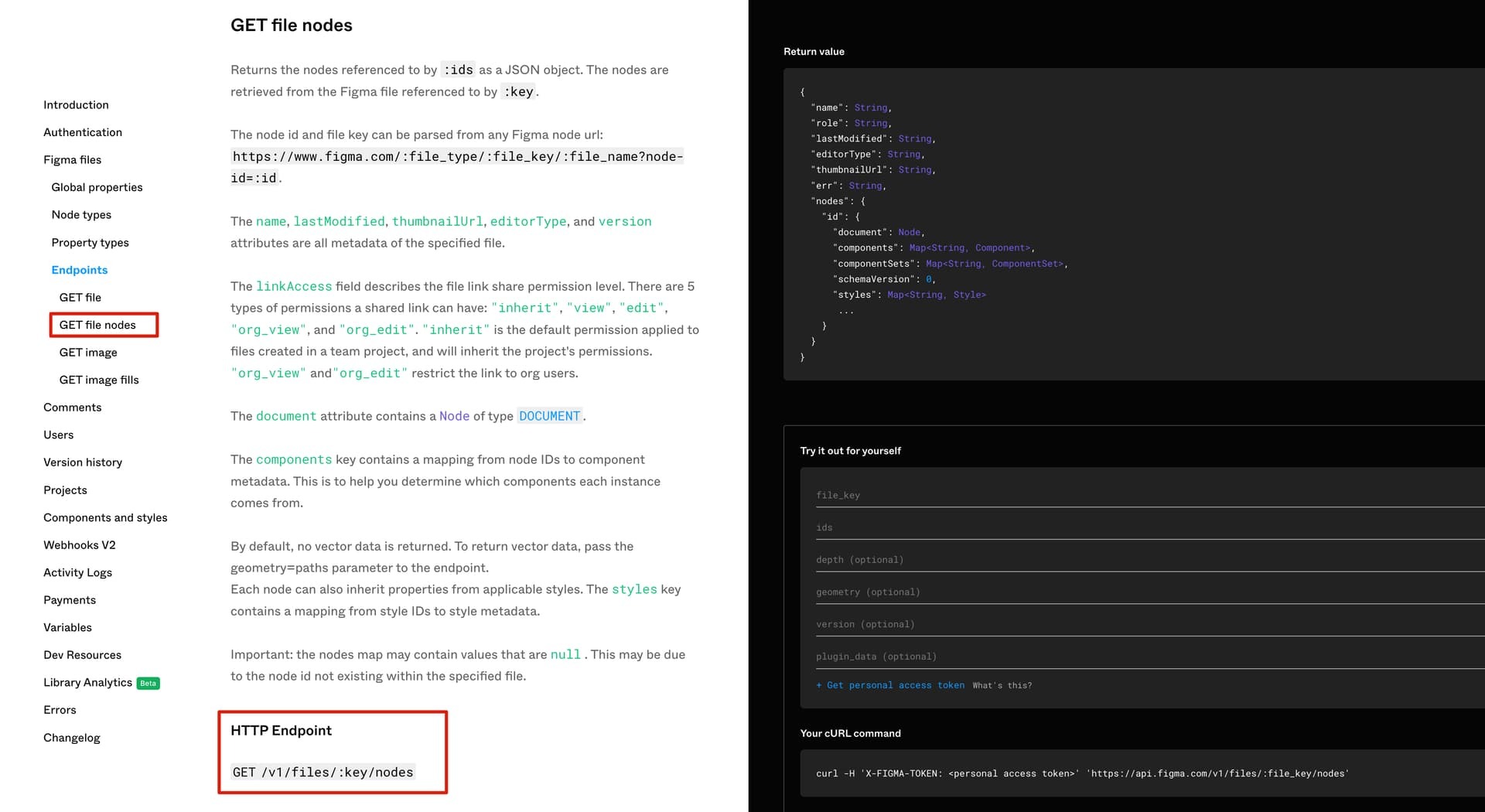Hi Figma, REST API is useful and powerful but the speed of it is slow compare to Figma App.
Could you fix or improve it? Thanks a lot!
Figma App:seconds to show all nodes
REST API:much slower than Figma App, may be 5 ~ 20s and more… to get only one node

